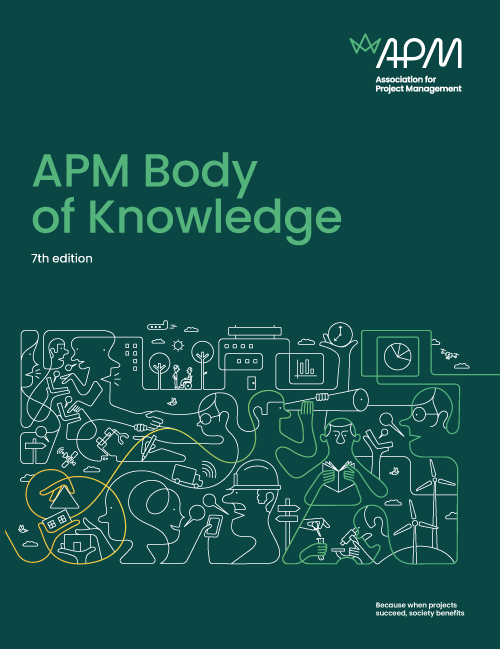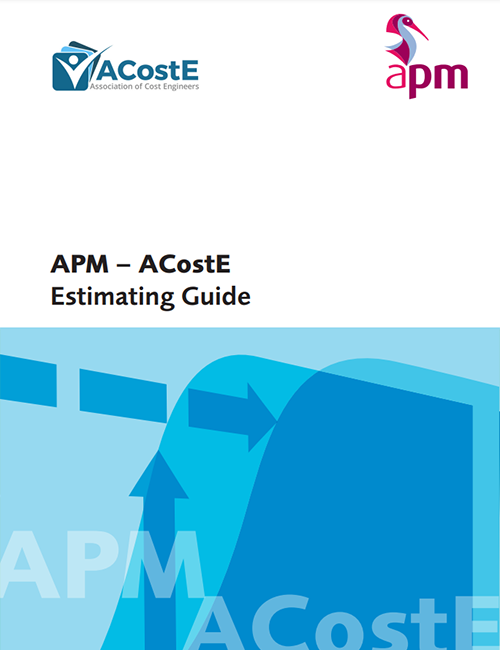

APM – ACostE Estimating Guide
- Paperback
- £15.99
- Digital copy
- £14.40
- Free PDF download for APM members and corporates/affiliates
About this book
Description
Everything you need to know about estimating in one essential guide. Estimates are critical to project professionals; vital when making informed decisions about projects across the different stages of the entire project life cycle to ensure successful project delivery.
A cooperation between the Association for Project Management (APM) and the Association of Cost Engineers (ACostE) this guide is vital for project professionals across various sectors, as well as anyone who needs to understand cost estimation.
Created by collaborators with real-life experiences, Estimating Cost will help you understand and diligently apply the core values of estimating cost to improve the clarity and robustness of an estimate for better decision making.
Key features include:
- practical advice with a focus on cost estimating approaches, such as top-down, bottom-up, and ‘ethereal’;
- guidance on the various estimating methods including analogy, parametric and trusted source;
- applicability to the private sector and on a wide range of projects;
- key figures, diagrams and frameworks you can build on and apply to your estimates.
Details
Price - £15.99
ISBN-10: 1-903494-84-2
ISBN-13: 978-1-903494-84-4
Reviews
This cost estimating guide is not just for those who are new or experienced estimators, but is also very helpful for those sponsors and project managers who use these estimates in planning their projects and developing their business cases. It can be read in detail, used as a reference, or even skimmed to get an overview.
It clearly explains the many tools and techniques by which estimates are developed and maintained so that you can either begin to see how to do them yourself, or understand them and know their limitations. Understanding the limitations of estimates and what they can, and can not be used for is very important as I have seen outline estimates being used as a firm commitment, with all of the resulting disappointment and perceptions of failure that that entails.
I found the use of estimating maturity very helpful to articulate what decisions an estimate of a certain level of maturity should, and more importantly, should not be used for. This is a welcome addition to the library of any project professional, or indeed anyone working with projects.
Alistair Godbold Hon Fellow APM, RPP, ChPP
Books you may like

